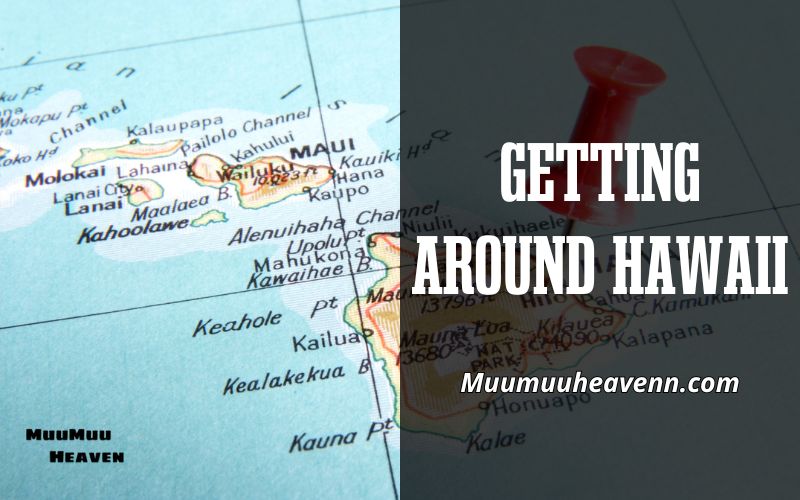Planning a trip to the Aloha State and wondering how to get around Hawaii? Whether you’re hopping between islands or exploring urban Honolulu, understanding your transportation options is key.
This guide provides you with all the essential information to navigate Hawaii efficiently. Keep reading to make the most of your Hawaiian vacation!
Contents
- 1 Finding the Most Efficient Travel Options in Hawaii
- 2 Budget-Friendly Transportation for Tourists
- 3 The Safest Transportation Modes in Hawaii
- 4 Exploring Alternative and Eco-friendly Travel Options
- 5 FAQs about How to Get Around Hawaii
- 5.1 What is the cheapest way to travel between Hawaiian islands?
- 5.2 Are there eco-friendly transport options available in Hawaii?
- 5.3 How reliable is public transportation in Hawaii?
- 5.4 What are the safest modes of transportation in Hawaii?
- 5.5 Can I use public transport to reach major attractions in Hawaii?
- 6 Conclusion
Finding the Most Efficient Travel Options in Hawaii
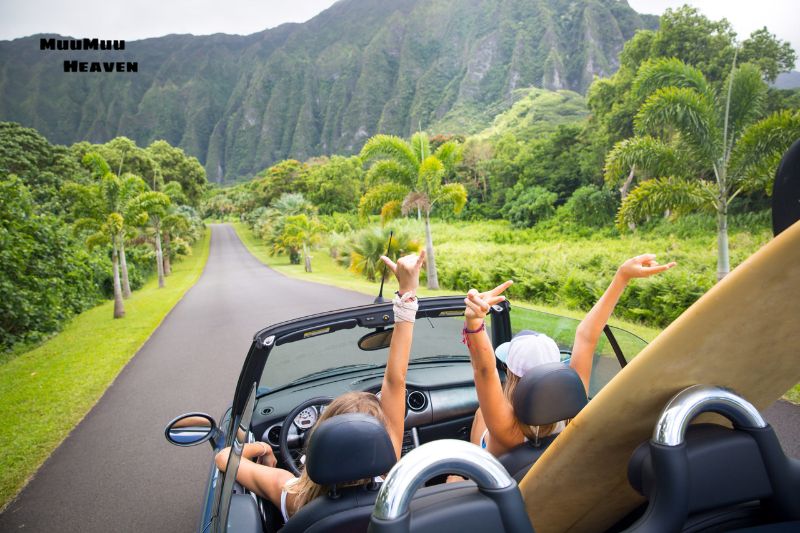
Hawaii, with its lush landscapes and vibrant culture, beckons travelers from around the globe. Navigating the islands efficiently can significantly enhance your experience, allowing you more time to enjoy the breathtaking views and less time worrying about logistics.
Below, we delve into Hawaii’s public transit systems and share best practices for using local services like TheBus and the Waikiki Trolley.
Understanding Hawaii’s Public Transit System
Hawaii’s public transit system is a reliable and economical option for tourists looking to explore the islands.
On Oahu, TheBus offers extensive routes that cover much of the island, including popular tourist destinations like Waikiki, Ala Moana, and more remote areas like the North Shore. A single-ride fare is quite affordable, and there are various pass options to suit different travel needs.
The system is designed to be user-friendly for first-time visitors, with clear maps and scheduled timetables available online and at major bus stops.
Public transit in Hawaii is not only about convenience but also about experiencing the local lifestyle and scenery from a unique vantage point.
Best Practices for Using TheBus, Waikiki Trolley, and Other Local Services
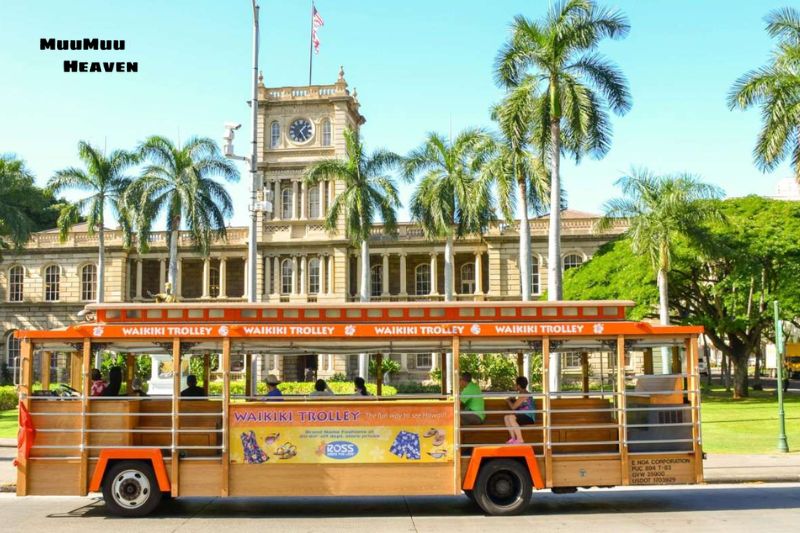
To maximize your experience on Hawaii transportation, here are some tips for using TheBus and the Waikiki Trolley:
- Plan Ahead: Check routes and schedules in advance on their official websites. Planning your day around the bus schedules can save you a lot of waiting time.
- Get a Pass: If you’re staying for a few days, consider purchasing a multi-day pass that offers unlimited rides. This is not only cost-effective but also simplifies travel.
- Use Apps: Download the “TheBus” mobile app to track bus locations in real-time and get estimated arrival times to your stop.
- Respect Local Etiquette: Seats nearest the front are typically reserved for the elderly and disabled. Be mindful and offer your seat to those in need.
- Stay Safe: Keep your belongings secure and stay aware of your surroundings, especially when traveling late at night.
The Waikiki Trolley is not only a practical transport option but also a wonderful way to sightsee around Honolulu. The trolley routes are specifically designed to highlight major attractions such as the Diamond Head State Monument, Honolulu Zoo, and the historical downtown area.
- Tourist-Friendly: The drivers often provide commentary about the sights and history of the areas you pass through.
- Flexible: You can hop on and off at any of the stops, which makes it perfect for a flexible itinerary.
- Buy Tickets Online: Purchase your day pass online to avoid lines and sometimes even snag a discount.
Hawaii’s transportation options are diverse and tailored to enhance your visit—whether you’re saving money or looking to see the islands from an insider’s perspective.
By following these best practices, you can navigate the islands efficiently and safely, leaving more time for you to enjoy the paradise that is Hawaii.
Budget-Friendly Transportation for Tourists
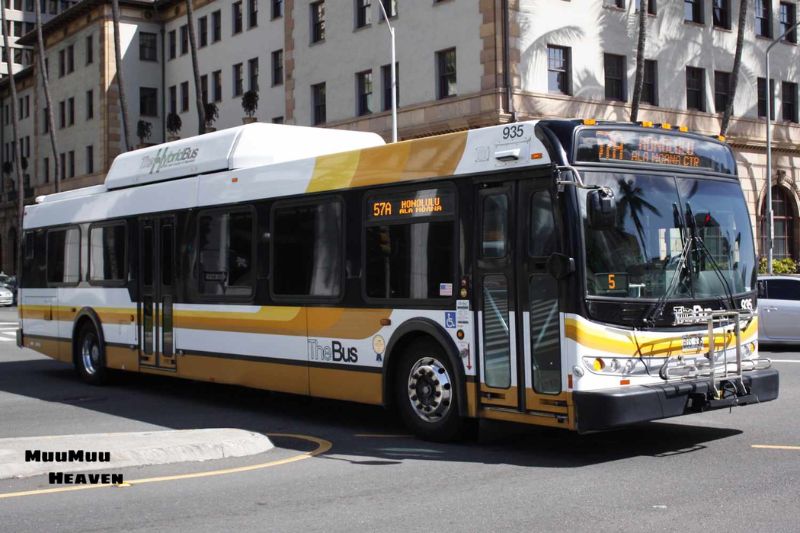
Exploring Hawaii doesn’t have to break the bank. With a little planning and some local knowledge, you can traverse these beautiful islands on a budget.
Let’s compare some cost-effective transportation options and provide some tips for affordable island hopping that could save you money while maximizing your Hawaiian adventure.
Comparing Costs: Public Transport vs. Car Rentals
Choosing between public transport and car rentals in Hawaii largely depends on your travel plans and budget.
- Public Transport:
- Cost-Effectiveness: Riding with TheBus or using the Waikiki Trolley in Oahu can cost you less than $5 for a single journey. An all-day pass often runs for about $5-15, which is excellent for unlimited rides and perfect for a packed day of sightseeing.
- Coverage: Public transport is reliable within major tourist areas but can be less frequent in remote locations.
- Car Rentals:
- Flexibility: Renting a car offers the freedom to explore at your own pace and access areas typically beyond the reach of public transport.
- Cost: Daily rental rates vary from about $25 to $50, depending on the type of vehicle and rental duration. It’s also important to understand the hawaii rental car age policy as it can influence your rental options and costs. Remember to consider fuel costs and parking fees, which can add up quickly.
Here’s a quick breakdown to help you decide:
- For City Explorers: If your itinerary is centred around urban areas and well-trodden tourist paths, public transport is both economical and practical.
- For Adventure Seekers: If you plan to venture into less accessible areas, a rental car might be the better choice despite the higher cost.
Tips for Affordable Island Hopping
Island hopping in Hawaii is a must-do, and doing it on a budget is entirely possible with some savvy planning.
- Use Local Airlines: Companies like Hawaiian Airlines offer competitive fares for inter-island flights.
- Molokai Ferry: Consider the ferry service for travel between Maui and Molokai. It’s not only a scenic route but also often cheaper than a flight. For those interested in other sea travel options, learning about travel to hawaii by sea could provide valuable insights. A round-trip ticket usually costs less than $70.
- Pack Light: Most local airlines and ferry services charge for heavy luggage. Keeping your luggage light can save you a surprising amount in extra fees.
- Plan Your Route: Combine your visits to multiple islands in a logical order to minimize back-and-forth flights which can increase costs.
- Check for Combo Deals: Some travel services offer package deals that include flights, accommodation, and sometimes even car rental. These can lead to greater savings.
The Safest Transportation Modes in Hawaii
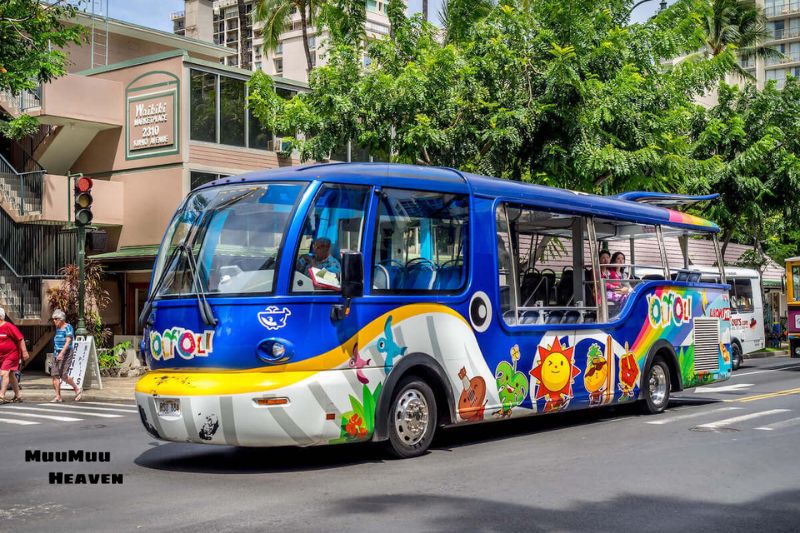
When traveling through the beautiful islands of Hawaii, safety is a priority. Fortunately, Hawaii offers several reliable transportation options that ensure you can enjoy your travels without worry.
Here’s a closer look at the safest modes of transport across the Hawaiian Islands, along with some essential tips for secure travel.
Safety Ratings of Hawaiian Transport Services
In Hawaii, safety standards for public transportation are strictly enforced to protect both locals and tourists alike. Here are some of the top-rated safe transport services:
- TheBus and Maui Bus Service: Both services boast excellent safety records. TheBus in Oahu and the Maui Bus provide comprehensive coverage with modern fleets that are regularly maintained and equipped with the latest safety technology.
- Hawaiian Airlines: Known for its rigorous adherence to safety protocols, Hawaiian Airlines is a reliable choice for inter-island travel.
- Taxis and Ride-Sharing: Licensed taxi and ride-sharing services like Uber and Lyft meet high safety standards. They are required to pass stringent vehicle inspections and driver background checks.
Tips for Safe Travel Across the Islands
- Stay Informed: Always check weather and travel advisories before heading out, especially if you plan to visit remote areas which may be prone to sudden weather changes.
- Use Reputable Services: Opt for well-known transport providers that are licensed and have good safety records. Avoid unmarked taxis and unofficial tour operators.
- Keep Emergency Numbers Handy: Have local emergency contacts saved in your phone, including numbers for the nearest hospital, police station, and your embassy (for international travelers).
- Travel During Daylight: Whenever possible, plan your travel during daylight hours. Roads in Hawaii can be narrow and winding, especially on less developed islands, making nighttime driving risky.
- Follow Local Advice: Heed the advice of locals, especially regarding travel in potentially hazardous areas. Local residents know the terrain and weather conditions best.
Exploring Alternative and Eco-friendly Travel Options
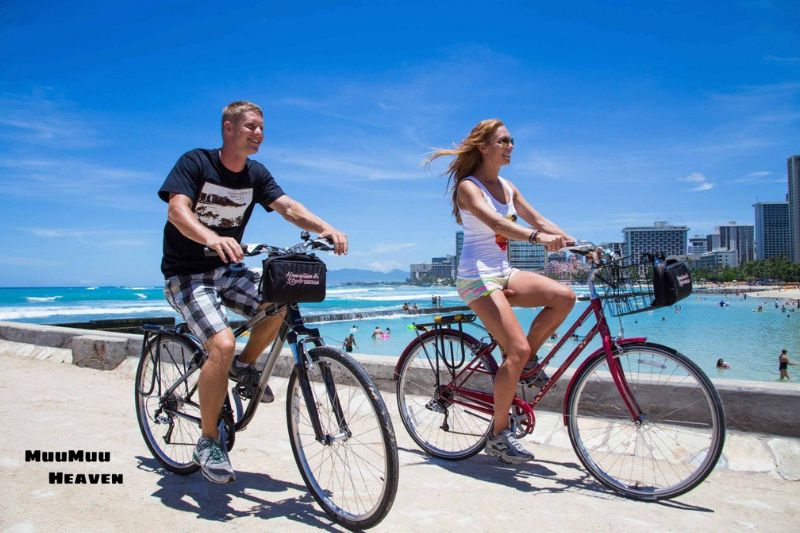
As eco-consciousness rises, so does the interest in sustainable travel options. In Hawaii, where the natural environment is a key attraction, eco-friendly transportation is becoming increasingly popular.
Here’s how you can traverse the islands sustainably and responsibly, particularly in Oahu.
The Rise of Bike Rentals and Cycling Paths in Oahu
Oahu has made significant strides in promoting eco-friendly transportation with the expansion of bike rentals and cycling paths. Here are some insights:
- Availability of Bike Rentals: Oahu boasts numerous bicycle rental shops that offer a range of options from basic bicycles to high-end road bikes. Many of these shops provide helmets, locks, and maps for safe and enjoyable exploration.
- Cycling Paths: The island features an extensive network of cycling paths that cover scenic routes such as the Waikiki Beach Walk and the path around Diamond Head. These paths not only provide safe lanes for cyclists but also encourage a low-carbon mode of travel.
- Benefits: Cycling in Oahu allows you to enjoy its stunning landscapes at your own pace, reduce your carbon footprint, and improve your health simultaneously.
Eco-friendly Car Rentals and Their Impact
Alongside cycling, eco-friendly car rentals are making a positive impact on Hawaii’s environment.
- Types of Eco-Friendly Cars Available: Many rental agencies now offer hybrid or electric vehicles that minimize pollution and conserve fuel.
- Environmental Benefits: By choosing an electric or hybrid car, you are contributing to reduced emissions and helping preserve Hawaii’s pristine environment.
- Cost-Effectiveness: While the upfront rental cost might be slightly higher, the savings on fuel can offset the initial expense, particularly for longer stays or extensive travel around the islands.
FAQs about How to Get Around Hawaii
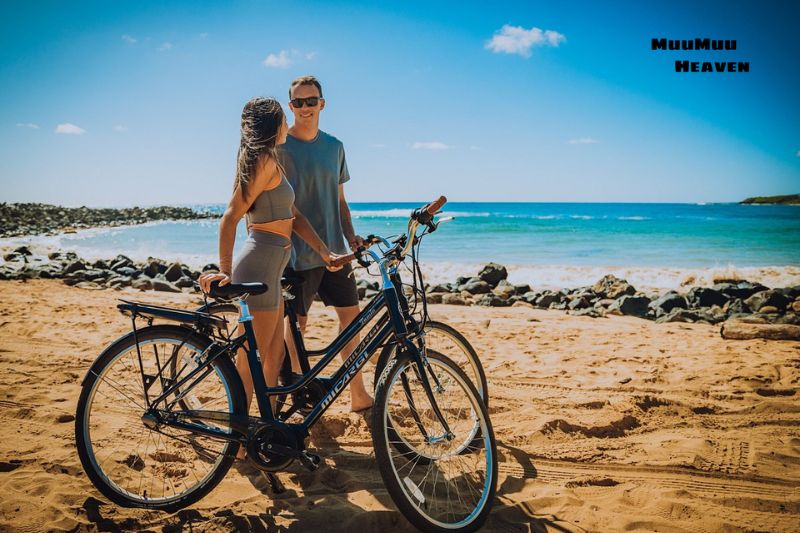
What is the cheapest way to travel between Hawaiian islands?
Island hopping via local airlines and ferries is often the most budget-friendly option.
Are there eco-friendly transport options available in Hawaii?
Yes, from bike rentals in Oahu to electric car hires, eco-friendly options are growing.
How reliable is public transportation in Hawaii?
Public transportation, especially in major tourist areas like Honolulu, is reliable and well-regulated.
What are the safest modes of transportation in Hawaii?
Buses and regulated tour services are considered very safe, with comprehensive safety measures in place.
Can I use public transport to reach major attractions in Hawaii?
Yes, many major attractions are accessible via public transportation, particularly in Oahu and Maui.
Conclusion
Thank you for exploring our comprehensive guide on traveling around Hawaii. At Muumuuheaven.com, we strive to enhance your Hawaiian experience with practical tips and insightful local knowledge.
Whether by bus, car, or traditional Hawaiian canoe, your journey through the islands awaits. Remember, the right information can transform a good vacation into a great one—choose smart, travel better.

